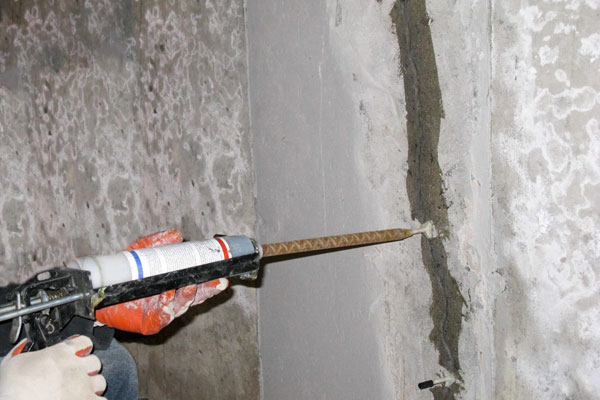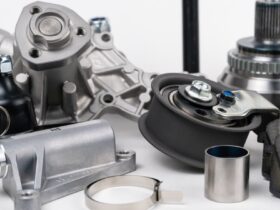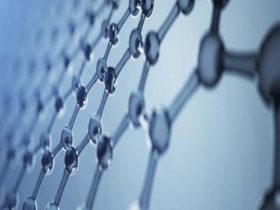Polyurethane (PU) injection is a highly effective method used in civil engineering and construction for repairing and strengthening structures. This comprehensive guide delves into the process, benefits, applications, and best practices of PU injection to help professionals and practitioners achieve successful outcomes in structural repair projects.
Introduction to PU Injection
PU injection involves injecting polyurethane resins into compromised structures or soils to address various issues such as foundation settlement, void filling, and concrete slab lifting. Unlike traditional methods that involve extensive excavation and reconstruction, PU injection minimises disruption and offers a cost-effective solution for repairing and stabilising structures.
PU Injection Techniques
PU injection techniques vary based on the specific structural issue and site conditions. The process typically begins with a detailed site assessment to identify the extent of the damage and determine the optimal injection points. Specialised equipment, such as injection pumps and packers, is then used to inject polyurethane resin into targeted areas under controlled pressure.
Polyurethane resins come in different viscosities and reactivities, allowing for customization based on the application requirements. Low-viscosity resins are suitable for penetrating fine cracks and fissures, while high-viscosity resins are used for larger voids and structural stabilisation. The choice of resin depends on factors such as the nature of the substrate, depth of injection, and environmental conditions.
Benefits of PU Injection
PU injection offers several advantages that contribute to its popularity in structural repair projects:
- Cost-effectiveness: Compared to traditional repair methods, PU injection often reduces labour costs and material expenses due to its efficiency and minimal need for disruptive excavation.
- Minimal Disruption: The injection process requires small access points, minimising disruption to surrounding structures and ongoing operations. This makes it ideal for projects where maintaining operational continuity is crucial.
- Durability and Longevity: Once cured, polyurethane resins create a strong, durable bond with existing materials. This enhances the structural integrity of repaired areas and provides long-term stability against settlement and movement.
Applications of PU Injection

PU injection is versatile and applicable across various industries and structural scenarios:
- Foundation Repair: It is used to stabilise foundations affected by settlement, soil erosion, or construction defects. By filling voids and compacting loose soils, PU injection restores the foundation’s load-bearing capacity and prevents further structural damage.
- Void Filling: PU injection is effective in filling voids caused by underground water flow, soil washout, or poor construction practices. The expansive nature of polyurethane resins ensures thorough filling and stabilisation of affected areas.
- Concrete Lifting: In cases where concrete slabs have settled or sunken due to soil compaction or inadequate support, PU injection is employed to lift and level the slabs. This process restores the slab’s original elevation and eliminates tripping hazards.
Best Practices for PU Injection
Successful PU injection projects require adherence to best practices throughout the process:
- Comprehensive Site Assessment: Conduct a thorough evaluation of the structure to identify the root cause of the problem and determine the most effective repair strategy. This assessment should include geological surveys, soil analysis, and structural inspections to ensure accurate diagnosis.
- Proper Surface Preparation: Prepare injection points by cleaning and drying surfaces thoroughly. Any debris, moisture, or contaminants at injection sites can compromise the adhesion and effectiveness of the polyurethane resin.
- Injection Technique: Utilise specialised injection equipment and techniques to deliver polyurethane resin at the appropriate pressure and volume. Controlled injection ensures even distribution of the resin within the targeted area, maximising its effectiveness in filling voids and stabilising substrates.
- Material Selection: Choose high-quality polyurethane resins that are specifically formulated for the intended application and environmental conditions. Factors such as viscosity, reactivity, and expansion characteristics should be considered to achieve optimal results.
Conclusion
Mastering PU injection requires a combination of technical expertise, specialised equipment, and meticulous planning. By understanding the principles outlined in this guide—such as the injection process, its benefits, applications across different scenarios, and best practices—you can effectively repair and strengthen structures with PU injection. This method not only ensures durability and longevity but also minimises costs and disruptions, making it a preferred choice in modern construction and repair projects.
Contact Adcos Asia today for more information.









